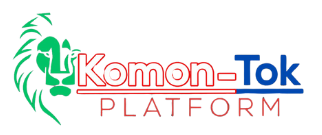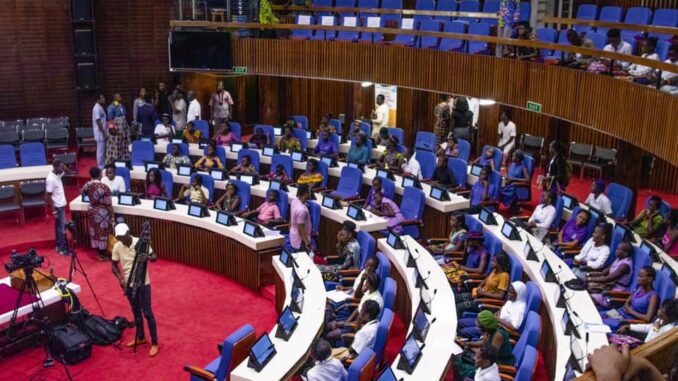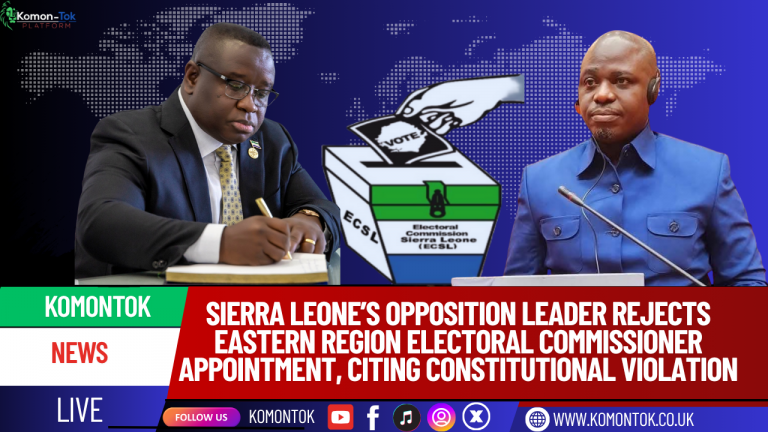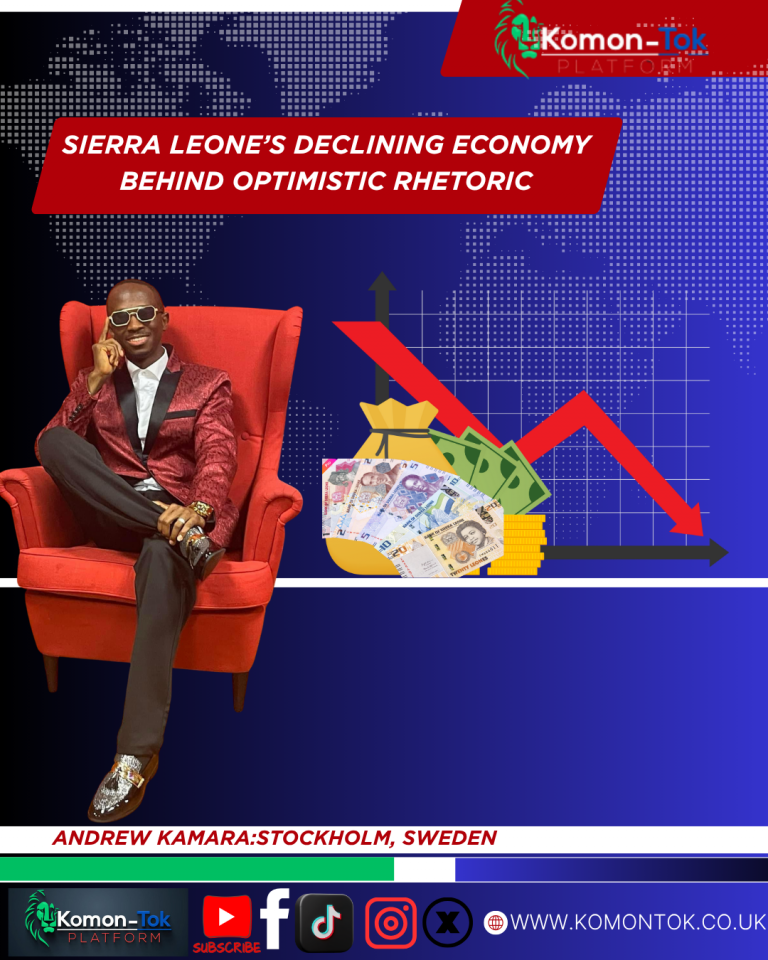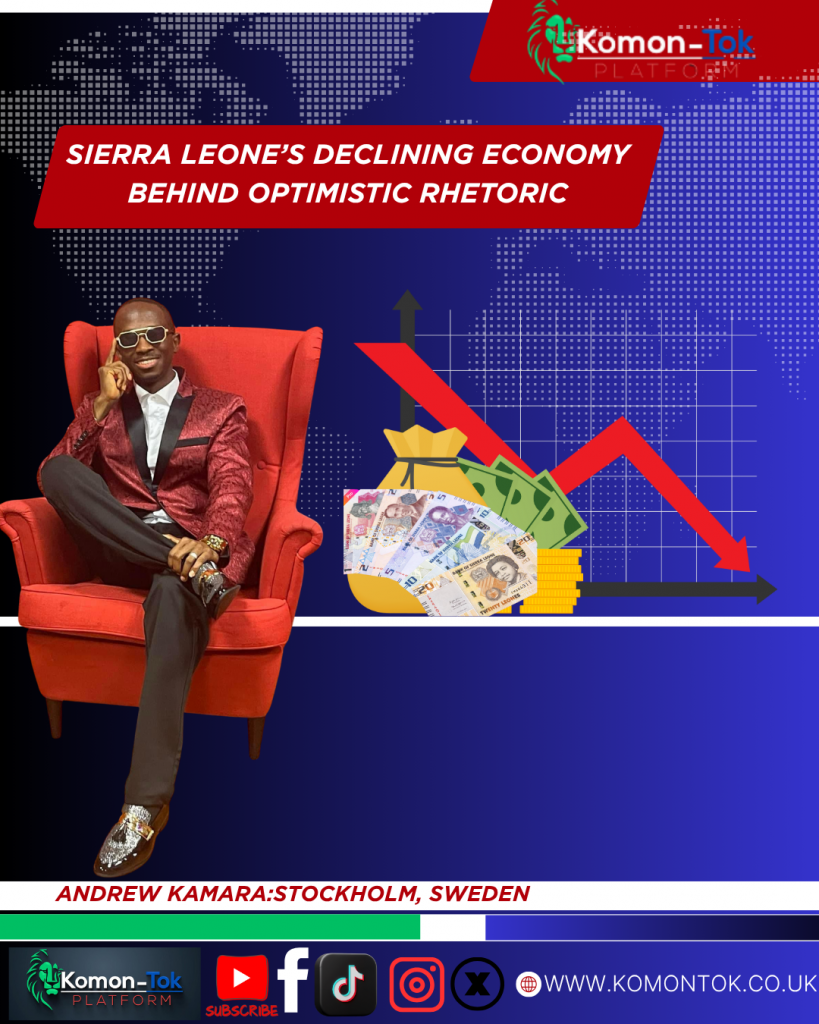
While authorities report a decline in INFLATION to 7.1% by June 2025, this follows a devastating peak of over 54% in 2023. The DAMAGE to household PURCHASING POWER is already done. The LEONE remains fragile, and families continue to grapple with high living COSTS despite the ambiguous statistical improvements that exist largely on paper, characteristic of a ’RANKOMARIC ECONOMY’.
Job-creation rhetoric aside, youth and graduate UNEMPLOYMENT continues to climb. Both urban and rural areas suffer from a lack of meaningful JOB OPPORTUNITIES, with the formal economy failing to absorb the growing educated population.
Although the fiscal deficit marginally declined from 3.9% to 3.8% of GDP, GOVERNMENT EXPENDITURE continues to rise. Debt servicing consumed a staggering 50% of domestic revenues in early 2025, crowding out critical investment in infrastructure, education, and healthcare.
Public debt stands at 43% of GDP, but more alarming is the rising cost of servicing that debt. With half of the nation’s revenue directed toward repayments, fiscal sovereignty is eroding, and reliance on external concessional loans and grants remains high.
Gross international reserves have fallen to just 2.4 months of import cover. Meanwhile, food and fuel imports remain high, exposing the country to external shocks and reflecting the lack of self-sufficiency in essential sectors.
The projected 4.5% growth in 2025 is largely driven by extractive industries and exports. Yet, over 50% of the population lives in poverty. Growth remains neither inclusive nor impactful for the average Sierra Leonean.
Domestic revenue is projected to fall short by NLe 117.9 billion in 2025. To compensate, the government leans on supplementary budgets and tax enforcement, measures that stifle small businesses and deter private sector investment.
Despite ongoing reforms, essential sectors like education, healthcare, and infrastructure remain underfunded as debt obligations take fiscal priority over human capital development.
The Medium-Term National Development Plan and ‘Big Five Game Changers’ are ambitious on paper but suffer from poor execution. Weak institutions, limited capacity, and a lack of transparency hinder real progress.
While government rhetoric paints a picture of recovery and resilience, the lived reality for most citizens tells a different story, of hardship, joblessness, and stagnant incomes. The macroeconomic numbers may look promising, but tangible improvements remain elusive.
Andrew Kamara
Stockholm, Sweden
August 5, 2025
